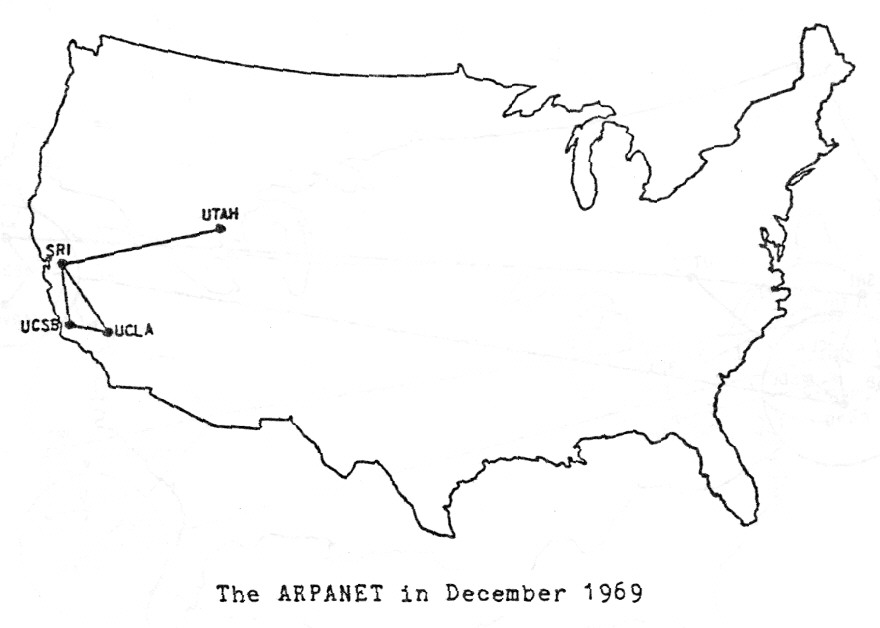 InsightaaS: Like many people, I’m a sucker for maps: I have a hard time passing by one without stopping and considering what it says about a view of the world, and/or positioning myself somewhere within its lines.
InsightaaS: Like many people, I’m a sucker for maps: I have a hard time passing by one without stopping and considering what it says about a view of the world, and/or positioning myself somewhere within its lines.
The post below isn’t new – it was published last year – but it popped up recently on LinkedIn, and I wanted to provide a link here as well, in case others are as interested in combining a view of recent history with an interest in how maps explain change. In the spirit of disclosure, I was hooked from map #1 – I’ve used it in presentations before, and have a graphic of it on my hard drive. Once engaged in the subject, I kept scrolling down through the succession of visuals: maps 1-9, showing the spread of the Internet, maps 10-12 on access methods and speeds, maps 13-15, which look at domain names…the “threats to the Internet” section from maps 17-22…the “geography of the online services” sequence (maps 23-29), which includes animated GIFs showing the ascendance of Chrome and Facebook…and a “:how we use the Internet” section spanning maps 36-40. Note: this is great content to raise ideas around the Internet, not so great if you’re working to deadline!
The internet increasingly pervades our lives, delivering information to us no matter where we are. It takes a complex system of cables, servers, towers, and other infrastructure, developed over decades, to allow us to stay in touch with our friends and family so effortlessly. Here are 40 maps that will help you better understand the internet — where it came from, how it works, and how it’s used by people around the world.
How the internet was created
-
Before the internet, there was the ARPANET
ARPANET, the precursor to the modern internet, was an academic research project funded by the Advanced Research Projects Agency, a branch of the military known for funding ambitious research projects without immediate commercial or military applications. Initially, the network only connected the University of Utah with three research centers in California. ARPANET was a test of a then-novel technology called packet-switching, which breaks data into small “packets” so they can be transmitted efficiently across the network. It also had a more practical goal: allowing more efficient use of expensive computing resources. Computer scientists sometimes used ARPA money to buy computers, and the agency hoped that ARPANET would allow universities to share these expensive resources more efficiently. One of the first ARPANET applications was Telnet, which allowed a researcher at one ARPANET site to log into a computer at another site…
See the entire post (and all 40 maps) on Vox.com: Link
Hat tip to Tamer Farag for highlighting this post on LinkedIn







